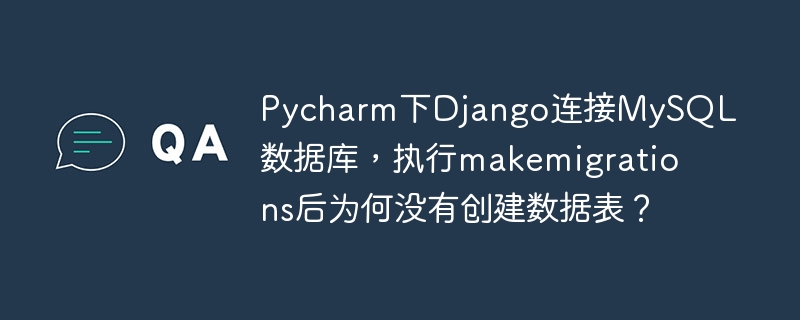下面由thinkphp教程欄目給大家介紹thinkphp5 instance 的簡單實現方法,希望對需要的朋友有所幫助!

最近學習 ThinkPHP5,第一次看到 TestClass::instance() 就能創建 TestClass 實例的方法。感到很好奇,翻閱 ThinkPHP 的源代碼,大體理解了 它的 設計思想,非常的先進。
再次從零造車一次(昨天的造車:angularjs的數組傳參方式的簡單實現http://www.miaoqiyuan.cn/p/an…),來講講 他的 具體實現。本文(thinkphp5 instance 的簡單實現)為原創文章,原文地址:http://www.miaoqiyuan.cn/p/ph…,轉載請注明出處。
老規矩,直接上代碼:
立即學習“PHP免費學習筆記(深入)”;
<?php class TestClass { public static function instance() { return new self(); } public $data = []; public function __set($name, $val) { return $this->data[$name] = $val; } public function __get($name) { return $this->data[$name]; } } $app1 = TestClass::instance(); $app1->key = 'Application 1'; echo $app1->key . '<br />'; ?>
為了方便調用,也模仿 ThinkPHP 寫了一個助手函數
<?php function app() { return TestClass::instance(); } $app2 = app(); $app2->key = 'Application 2'; echo $app2->key . '<br />'; ?>
這樣就簡單的實現了 instance。
不過這種方法還有一個小問題,試想以下,調用100次,就需要創建100個實例,想想都覺得可怕。
給 Test 類 增加一個 靜態屬性,將創建的實例保存到這里。下次如果需要調用,則直接調用這個實例。
<?php class TestClass { public static $instance; //用于緩存實例 public $data = []; public static function instance() { //如果不存在實例,則返回實例 if (empty(self::$instance)) { self::$instance = new self(); } return self::$instance; } public function __set($name, $val) { return $this->data[$name] = $val; } public function __get($name) { return $this->data[$name]; } } function app($option = []) { return TestClass::instance($option); } header('content-type:text/plain'); $result = []; $app1 = app(); $app1->key = "Application 1"; //修改 key 為 Application 1 $result['app1'] = [ 'app1' => $app1->key, //實例中 key 為 Application 1 ]; // 創建 app2,因為 instance 已經存在實例,直接返回 緩存的實例 $app2 = app(); $result['app2'] = [ 'setp1' => [ 'app1' => $app1->key, // Application 1 'app2' => $app2->key, //因為直接調用的實例的緩存,所以 key 也是 Application 1 ], ]; // 無論 app1,app2 都對在內存中 對應的同一個實例,無論通過誰修改,都能改變值 $app1->key = "Application 2"; $result['app2']['setp2'] = [ 'app1' => $app1->key, // Application 2 'app2' => $app2->key, // Application 2 ]; print_r($result); ?>
通過上邊的實驗,可以看到 無論調用多少次,都會使用同一個實例。這樣就解決了效率低的問題。
到現在基本就滿足大多數情況了,唯一的小缺陷,就是 可能 實例的 初始參數不同,這樣沒法靈活調用(常見的比如同一個程序調用兩個數據庫)。在 上邊的 例子中稍作改造,以傳入的參數為key,將不通的 實例緩存到數組中 就可以解決。
<?php class TestClass { public static $instance = []; //用于緩存實例數組 public $data = []; public function __construct($opt = []) { $this->data = $opt; } public static function instance($option = []) { // 根據傳入的參數 通過 serialize 轉換為字符串,md5 后 作為數組的 key $instance_id = md5(serialize($option)); //如果 不存在實例,則創建 if (empty(self::$instance[$instance_id])) { self::$instance[$instance_id] = new self($option); } return self::$instance[$instance_id]; } public function __set($name, $val) { return $this->data[$name] = $val; } public function __get($name) { return $this->data[$name]; } } function app($option = []) { return TestClass::instance($option); } header('content-type:text/plain'); $result = []; //傳入 初始數據 $app1 = app(['key' => '123']); $result['init'] = $app1->key; // 使用 傳入的數據,即:123 $app1->key = "app1"; $result['app'] = $app1->key; // 現在值改為了 自定義的 app1了 print_r($result); $result = []; // 創建 app2,注意 初始參數不一樣 $app2 = app(); // 因為初始參數不一樣,所以還是創建新的實例 $app2->key = "app2"; $result['app1'] = $app1->key; // app1 $result['app2'] = $app2->key; // app2 print_r($result); $result = []; // 創建 app3,傳入的參數 和 app1 一樣,所以會直接返回 和app1相同 的 實例 $app3 = app(['key' => '123']); $result['log'] = [ 'app1' => $app1->key, // app1 'app2' => $app2->key, // app2 'app3' => $app3->key, // app1 ]; // 設置 app3 的key,會自動修改 app1 的值,因為他們兩個是同一個實例 $app3->key = 'app3'; $result['app3_set'] = [ 'app1' => $app1->key, // app3 'app2' => $app2->key, // app2 'app3' => $app3->key, // app3 ]; // 同理,設置 app1 的key,app3 的 key 也會修改 $app1->key = 'app1'; $result['app1_set'] = [ 'app1' => $app1->key, // app1 'app2' => $app2->key, // app2 'app3' => $app3->key, // app1 ]; print_r($result); ?>
? 版權聲明
文章版權歸作者所有,未經允許請勿轉載。
THE END



















